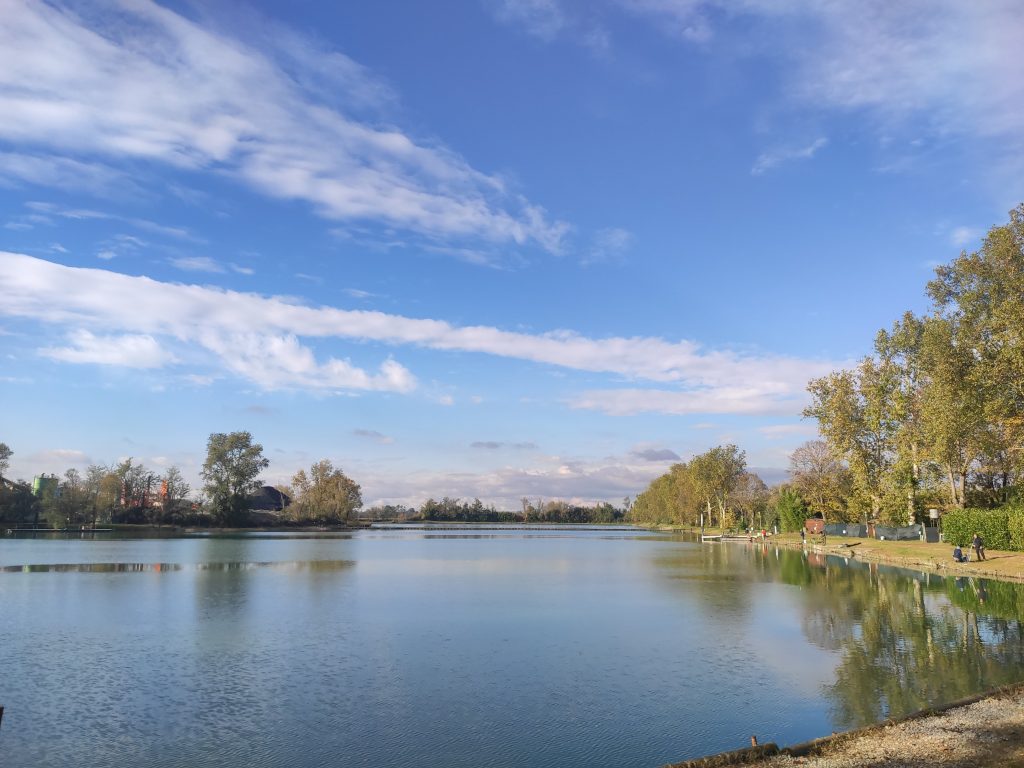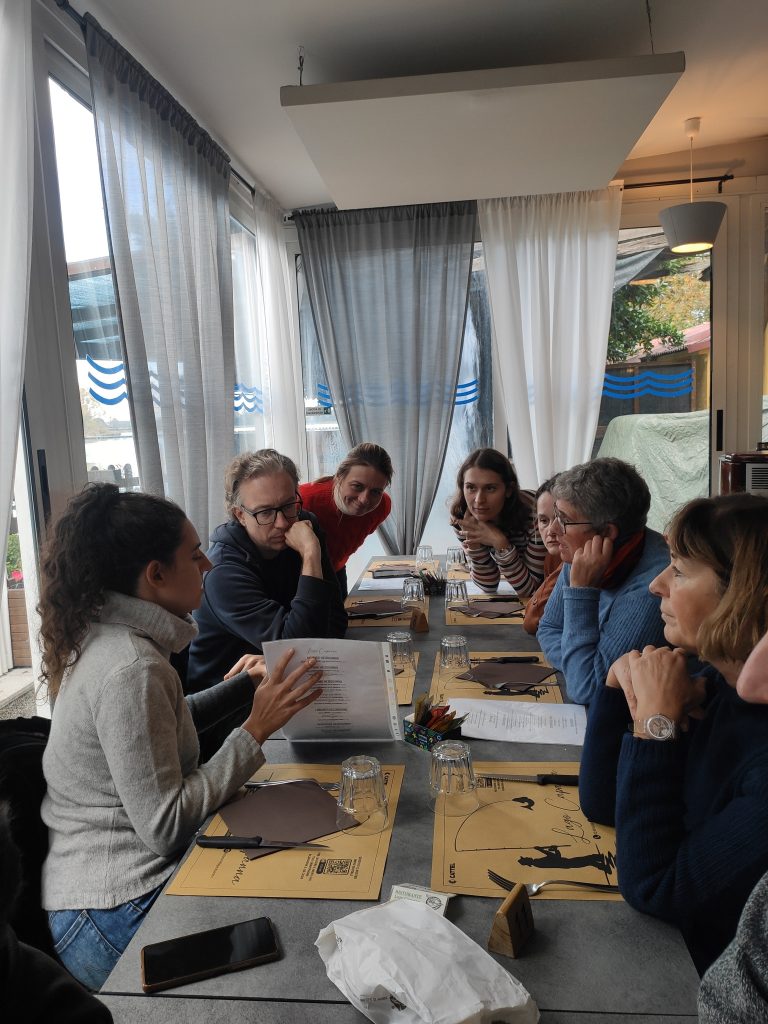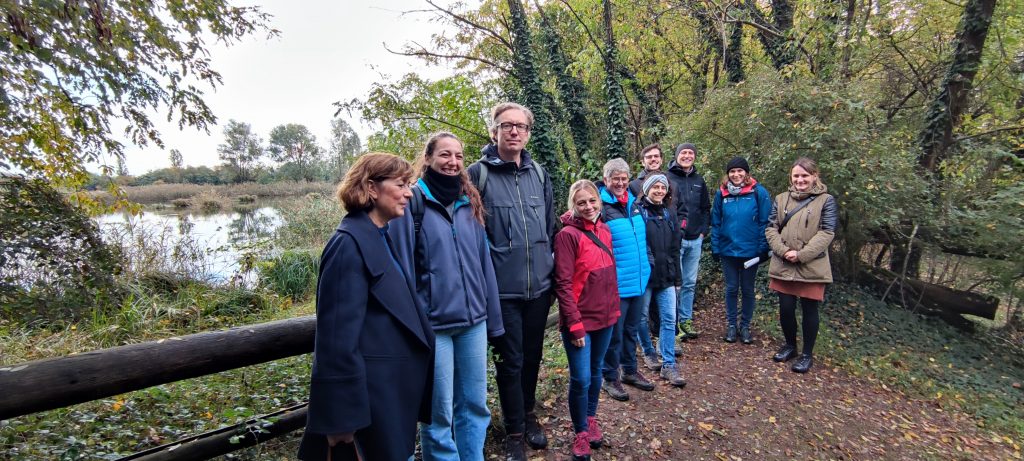The 9th and 10th of November were hectic days for us at the Hydrogeo Modeling Group.
On the 9th of November MAURICE Project Partners gathered at Politecnico di Milano for the Workshop on climate data downscaling, organized by our group and the Environmental Intelligence Lab in the context of MAURICE, the Interreg CE project our group is participating in.
Simplyfying, downscaling is the practice of bringing the outputs of global or regional climate models to a local scale. The workshop had the goal of promoting the development of a common approach on this practice to obtain prognostic information about future temperature and rainfall in the project’s Pilot Areas, so that results based on the same future climate scenarios can be obtained.
The morning was opened by the Leader Partner Grzegorz Gzyl with an introduction to MAURICE, followed by Luca Alberti (Hydrogeo Modeling, Politecnico di Milano) who presented with more detail Milan’s Pilot Action and the workshop’s goals. Then Matteo Giuliani (EI Lab) made a complete and thorough explanation of downscaling techniques and their importance, followed by German (Rayk Rinke, City of Stuttgart) and Slovenian (Jaja Svetina, Simona Pestotnik, Geological Survey of Slovenia) partners whom presented their studies and methods concerning the utilization of climate change scenarios in their regions. The closing presentation was from Marketa Podebraska, presenting the Clim4cast Interreg CE project, a project in sinergy with MAURICE. Then, the round table led by Luca Alberti and Matteo Giuliani was opened (while waiting for lunch 🍝).
In the afternoon, the round table accomplished its goal of deciding a common approach, then an actual workshop had place curated by Matteo Giuliani (EI Lab), Enrico Weber and Marco Micotti (Softwater). Two tools to operate the downscaling were presented, one in Excel and one in Jupyter Notebook: they enable the user (the Partners in this case) to downscale climate scenarios using their own local data.
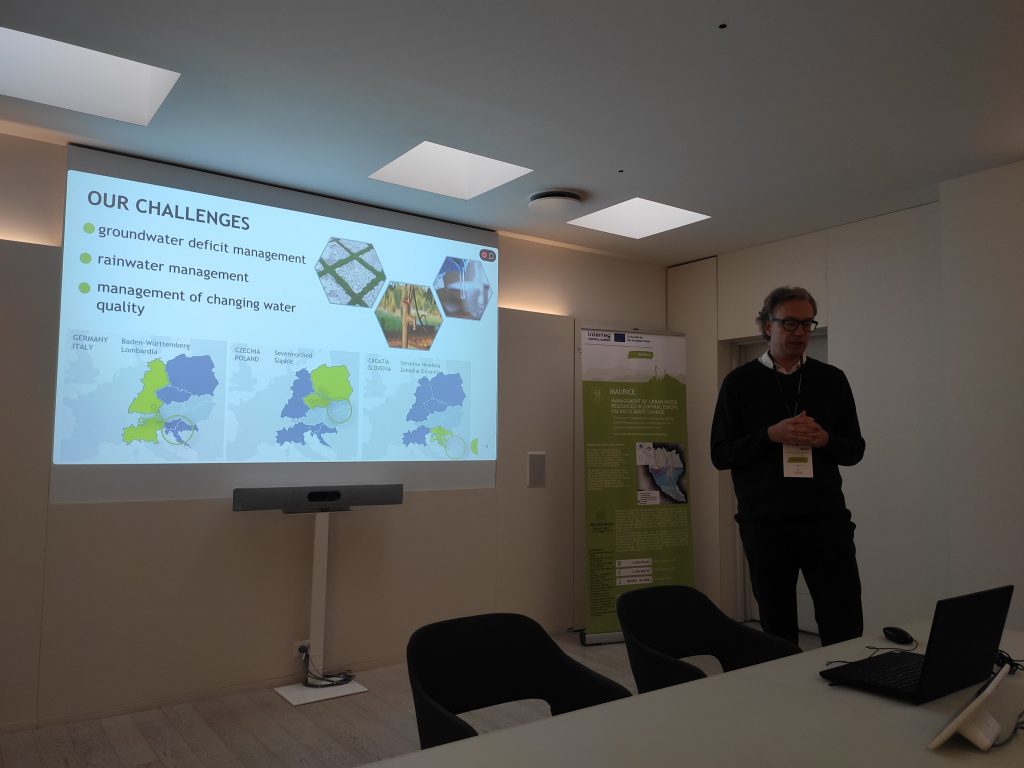
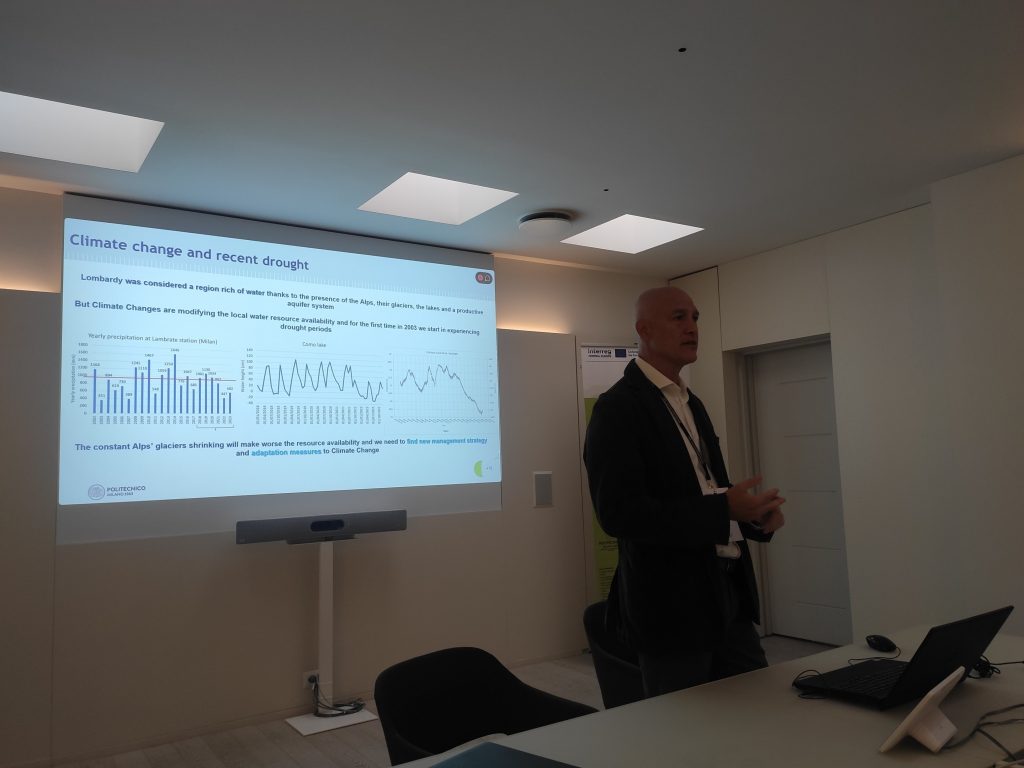
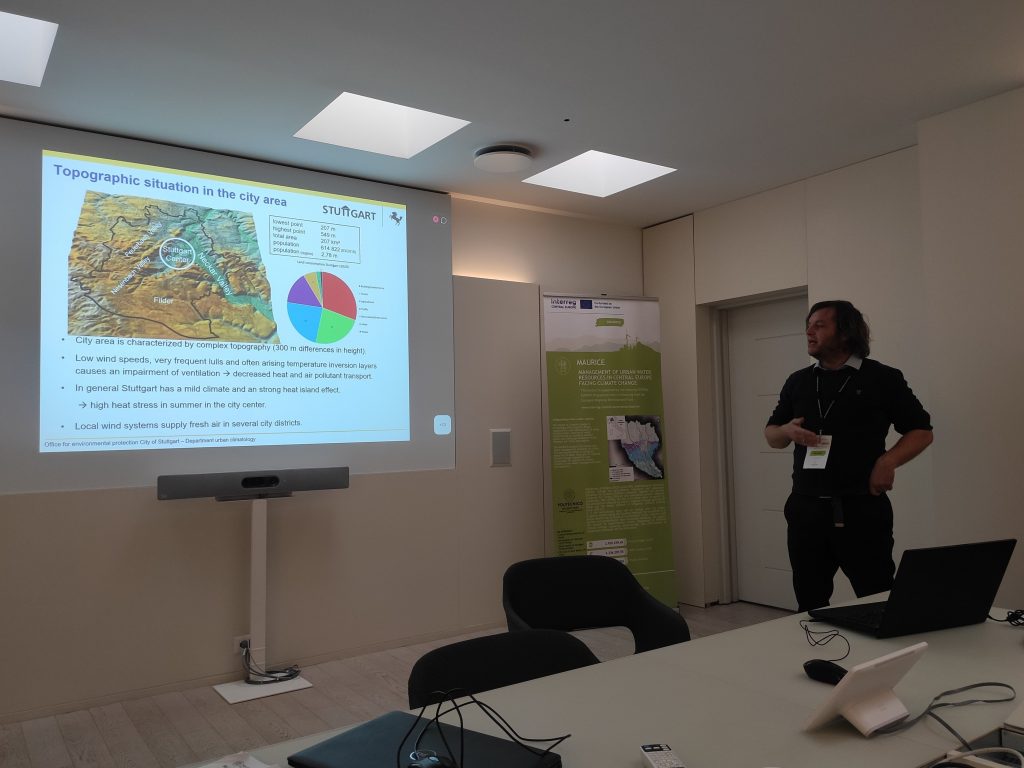
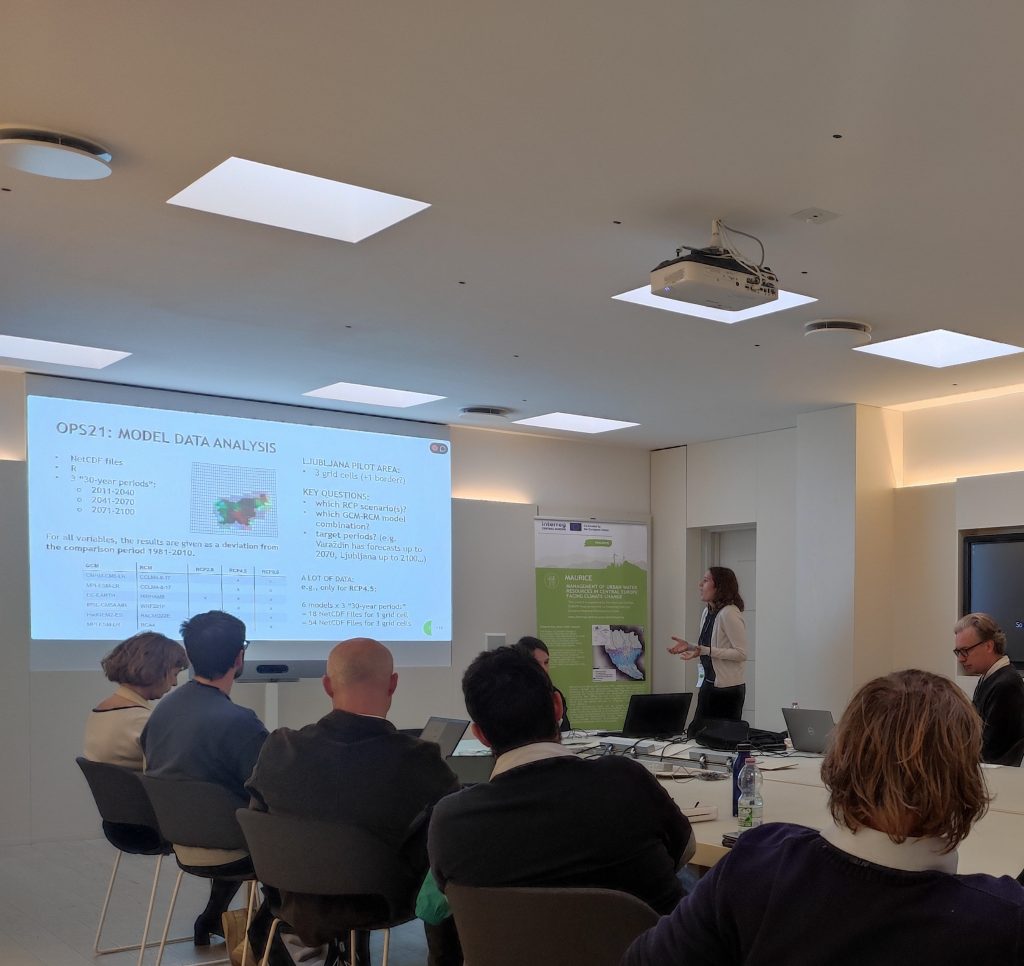
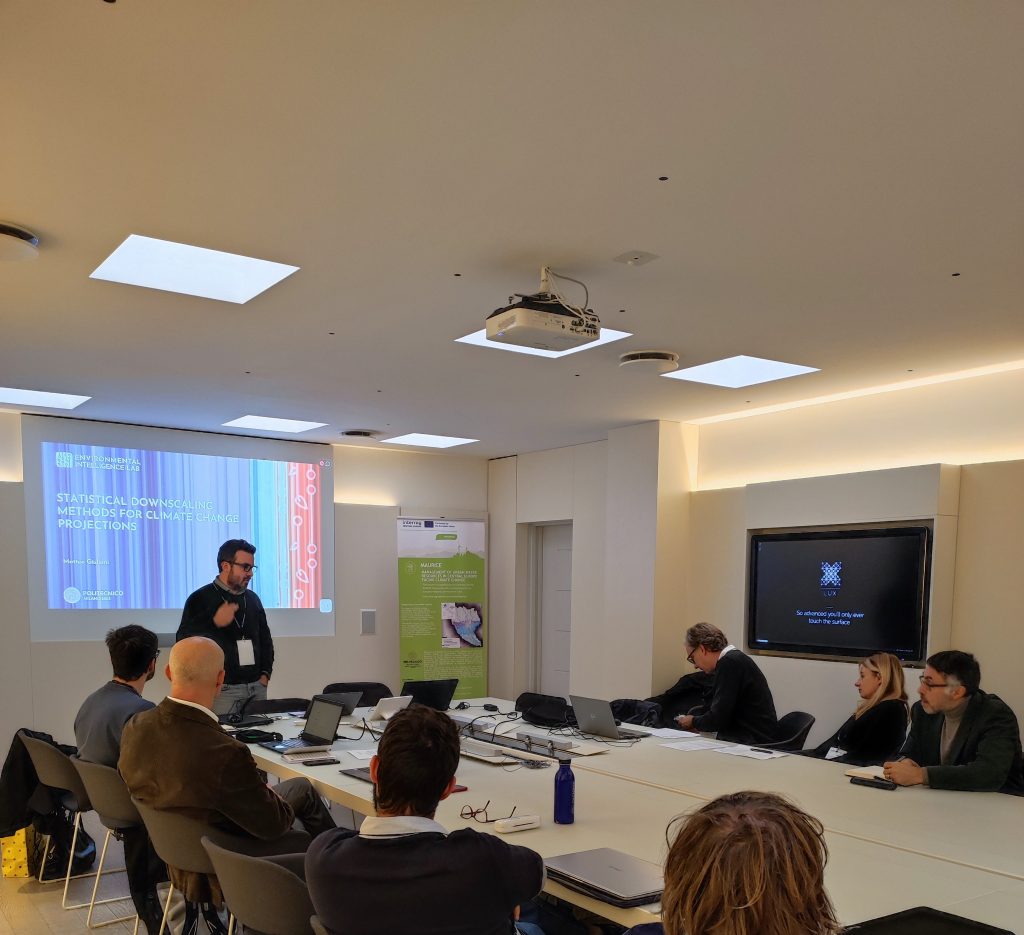
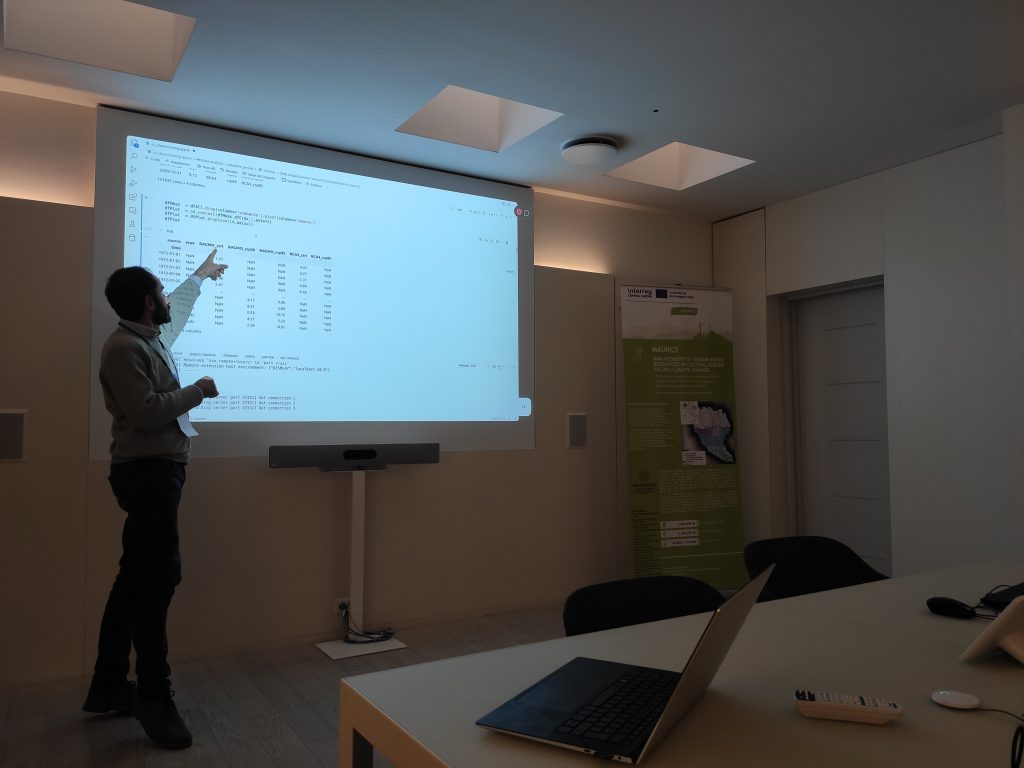
On the 10th of November, we went out in the open, taking the Project Partners to a visit of the Pilot Area. The trip started at Canale Villoresi, to visit were the Derivatore di Parabiago divert the water which will be used for Milan’s Pilot Action. Here we described the water networks which surround Milan.
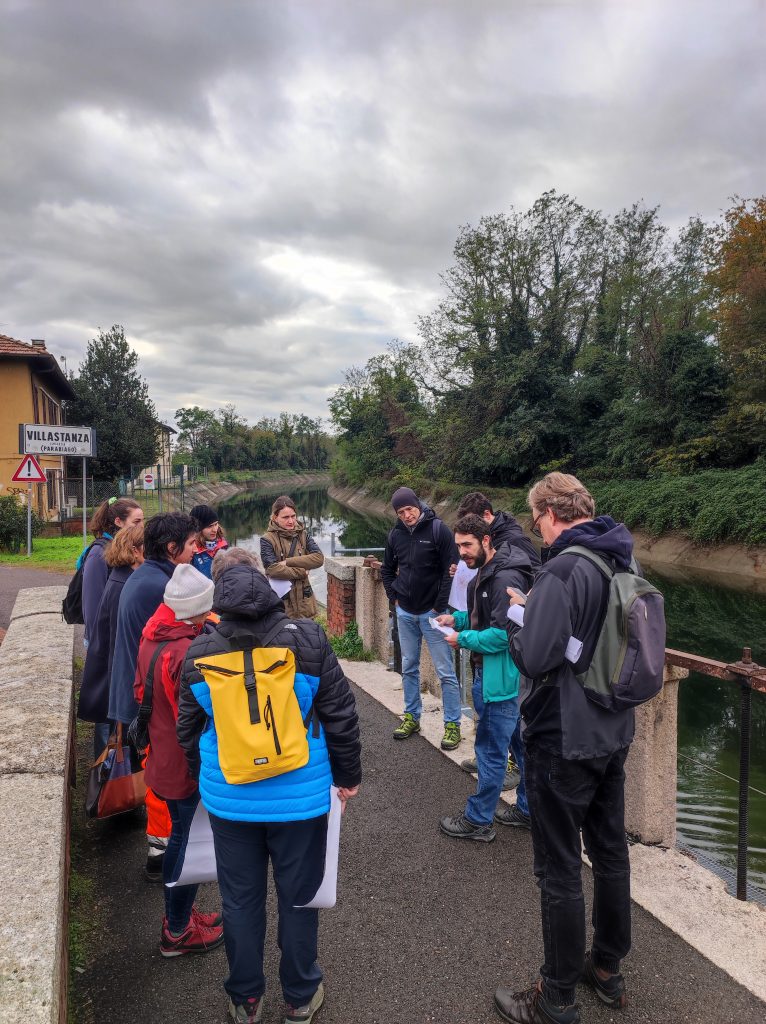
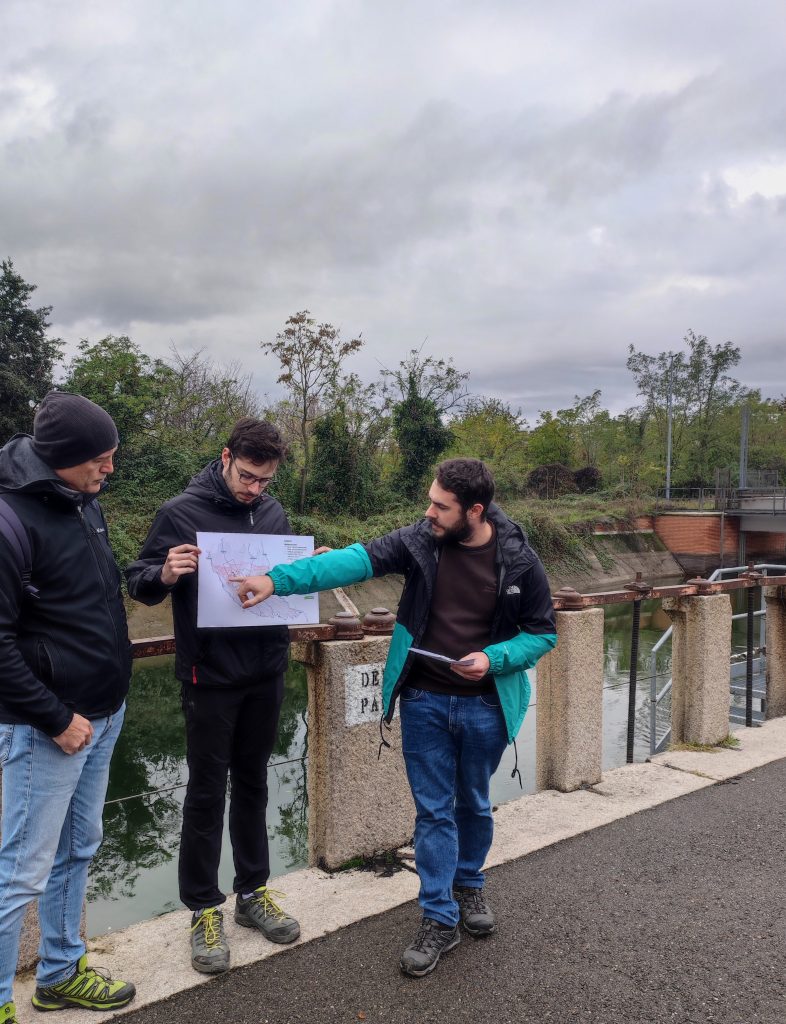
Then it continued in Vanzago, at a WWF Oasis with two humid areas fed by Consorzio Est Ticino Villoresi through Derivatore di Bareggio. Then, we moved to Fontanile Nuovo, a lowland spring in Bareggio, both an environmental and cltural heritage site in equilibrium with groundwater table, which water are used for irrigation.
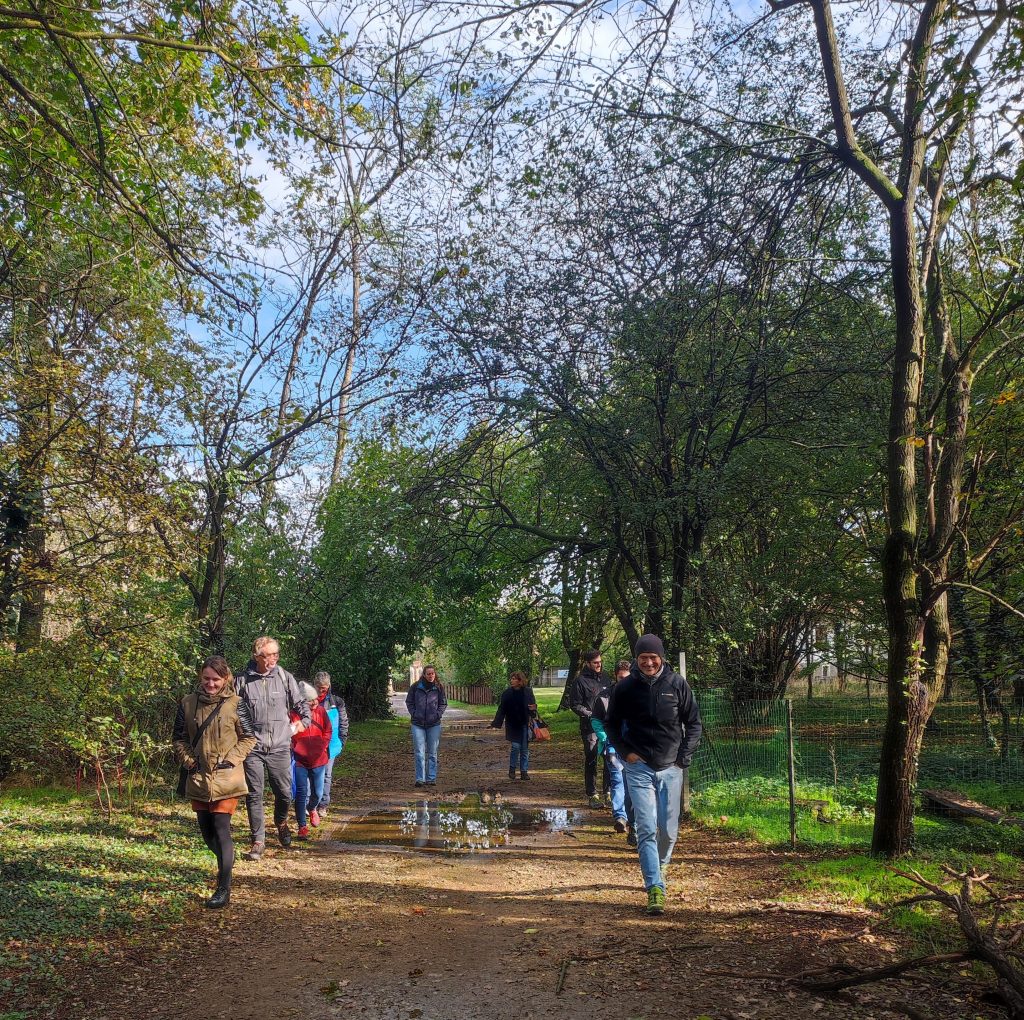
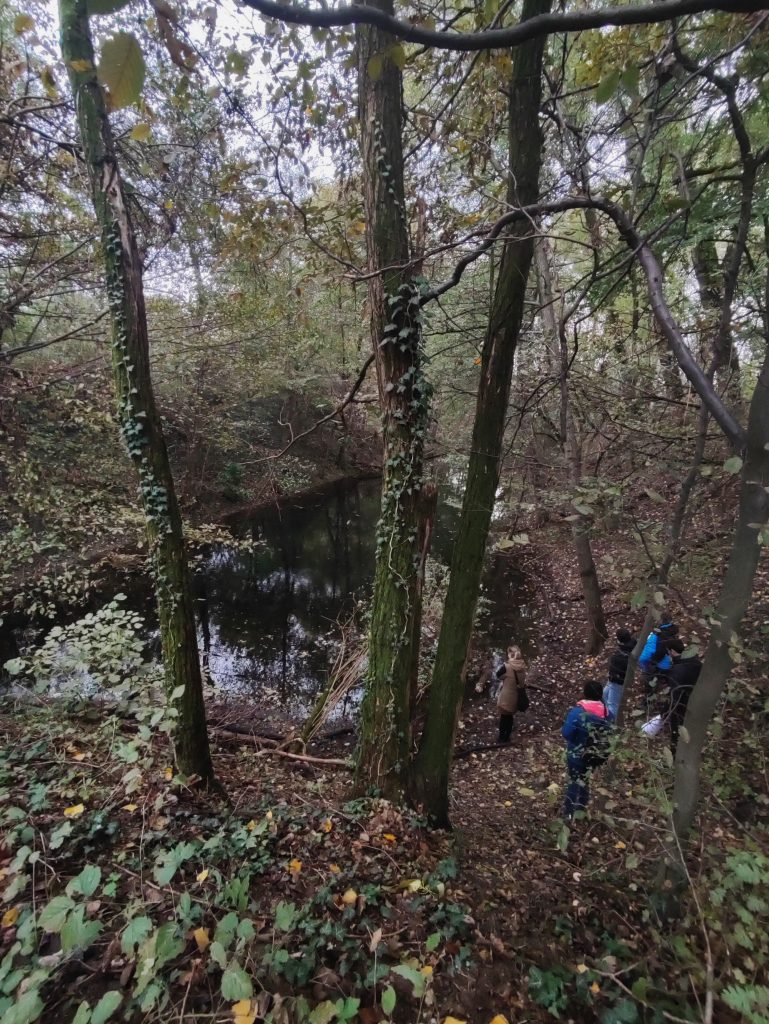
The visit ended at Lago Capanna, a former sand pit site which is now a recreational lake fed by groundwater. Here we finished with a well deserved lunch, with the menù carefully translated by Sara 🈳.
